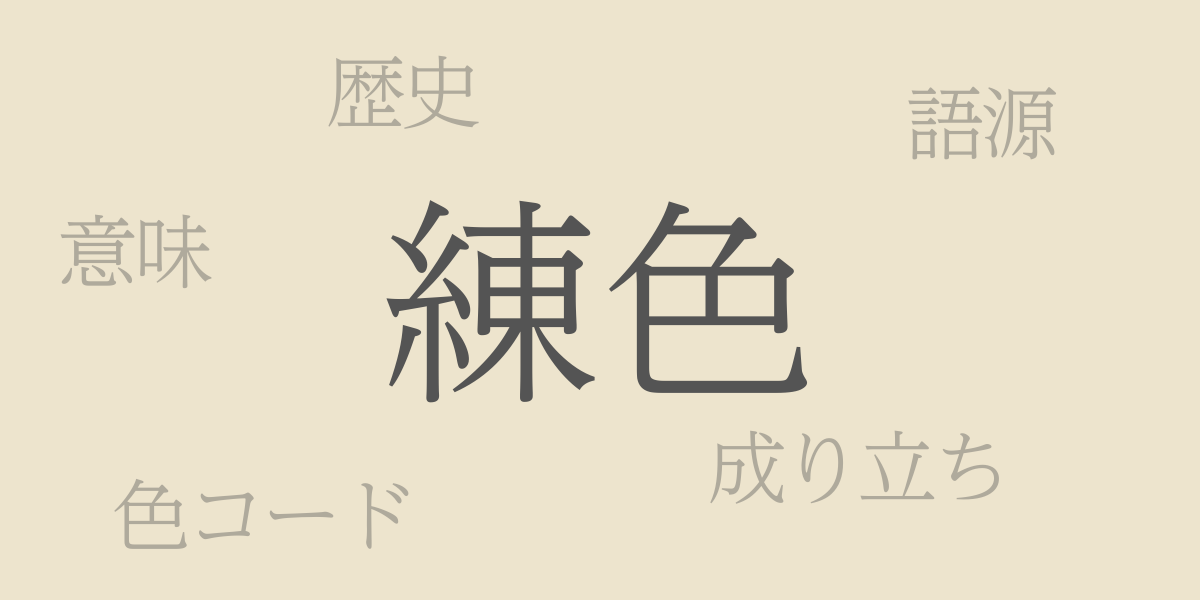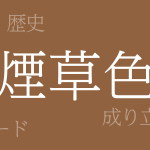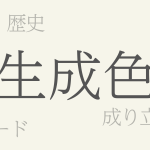Japanese traditional colors, with their unique beauty and deep history, have captivated people around the world. Among them, “Neriiro (練色 – ねりいろ)” is known for its soft and elegant hue, which has been used in traditional garments and crafts, becoming a symbol of Japanese culture. This article delves into the allure of Neriiro, exploring how this color has embedded itself in Japanese history and culture.
About Neriiro (練色 – ねりいろ)
Neriiro refers to a light greyish-pink shade, deriving its name from the Japanese verb ‘neru’ (練る), meaning to knead or blend. This color is created by subtly mixing red with white, hence the name. Neriiro is cherished for its modest yet warm tone, evoking the changing seasons and the beauty of nature in Japan.
The History of Neriiro
Neriiro has been present since the Heian period, beloved among the nobility. Nobles imbued colors with deep significance, choosing them based on the season or occasion. Neriiro was particularly favored for women’s clothing, valued for imparting an elegant and composed appearance.
Neriiro Color Codes
In modern design and web production, using Neriiro may be desired, necessitating accurate color codes:
- HEX: #EDE4CD
- RGB: R:237 G:228 B:205
- CMYK: C:9 M:12 Y:22 K:0
International Name for Neriiro
In the West, Neriiro is commonly known as ‘Pale Pink’ or ‘Blush Pink.’ These names reflect the gentle pink shade of Neriiro and are used in various fields such as fashion and interior design.
Summary on Neriiro
With its soft hue, Neriiro has been treasured in Japanese traditional culture. Even today, its color continues to be beloved and utilized in the world of design and art. By understanding the history of Neriiro and mastering its color codes, we can incorporate traditional Japanese beauty into our lives, enhancing everyday aesthetics with this subtle yet profound shade.

























